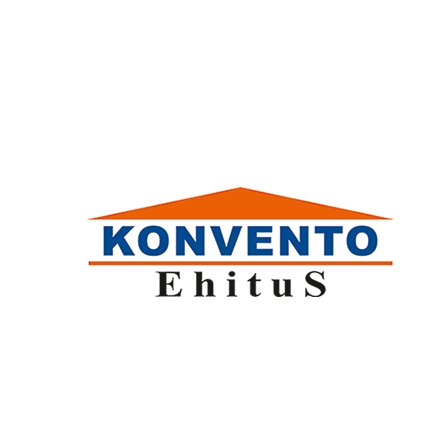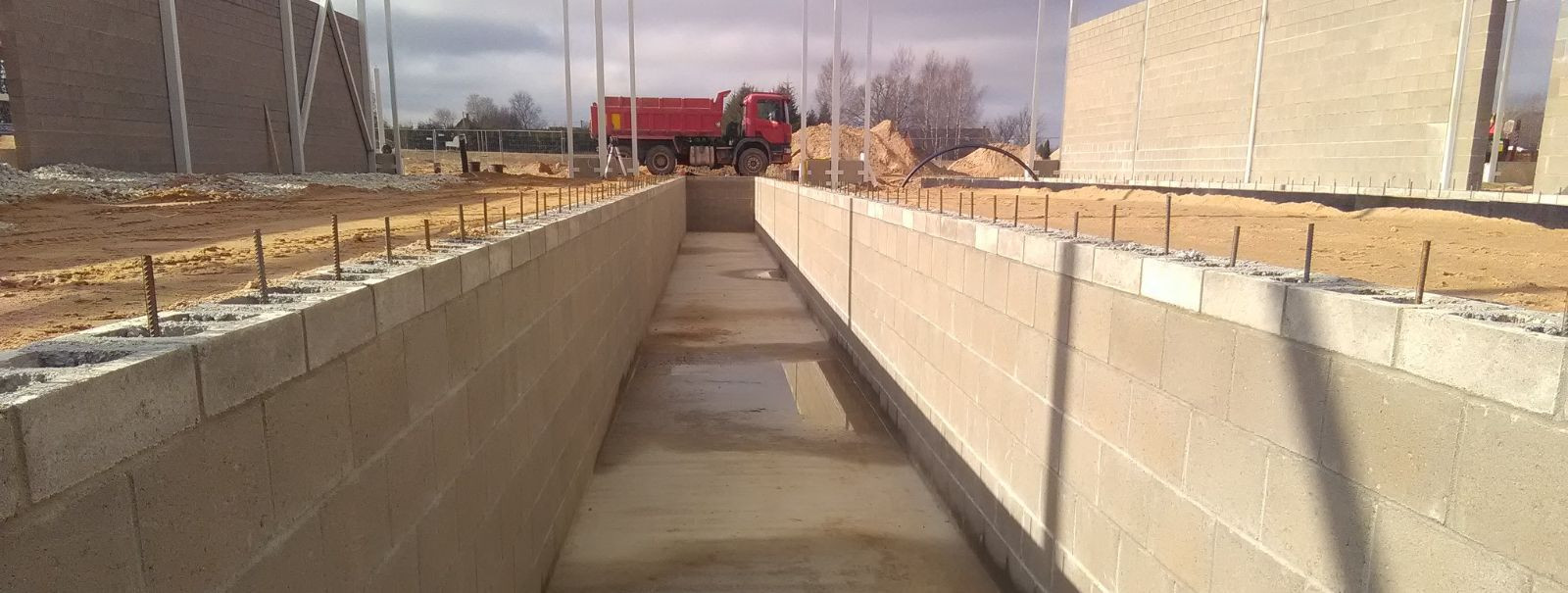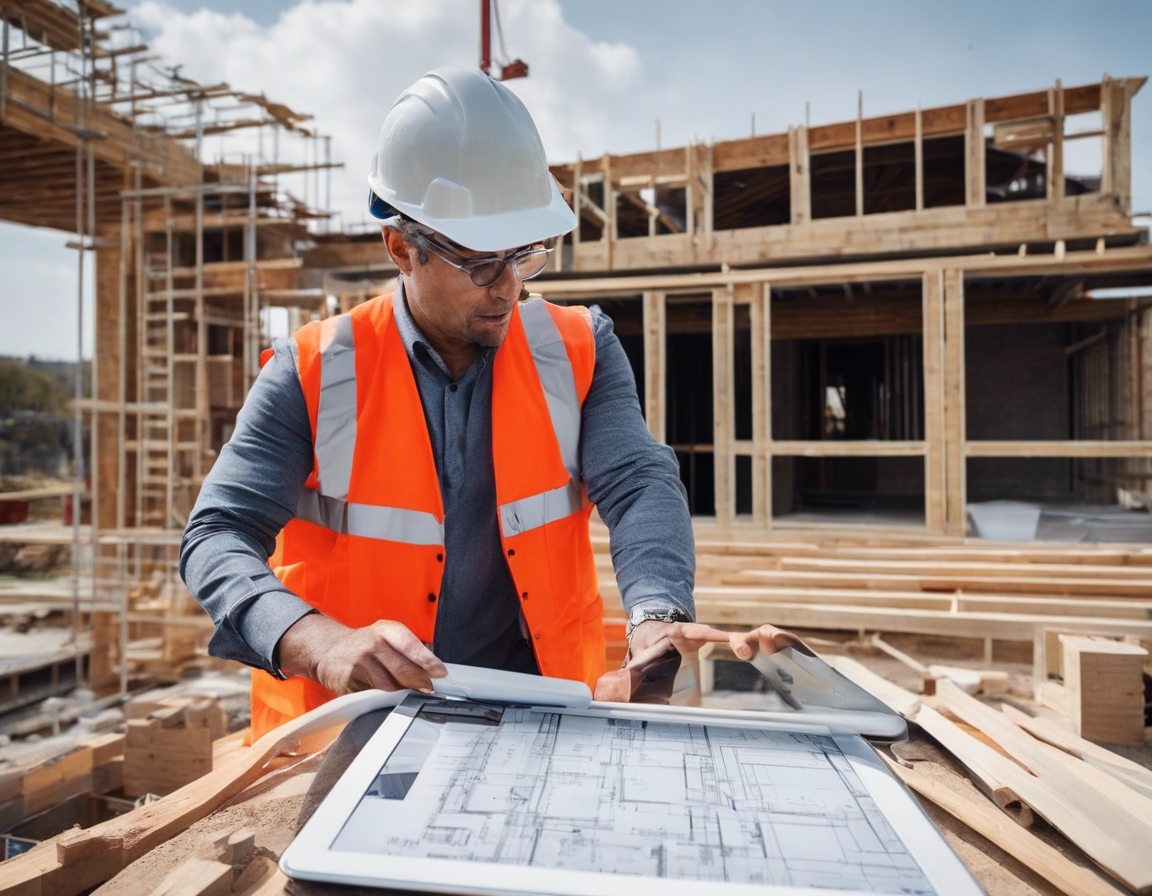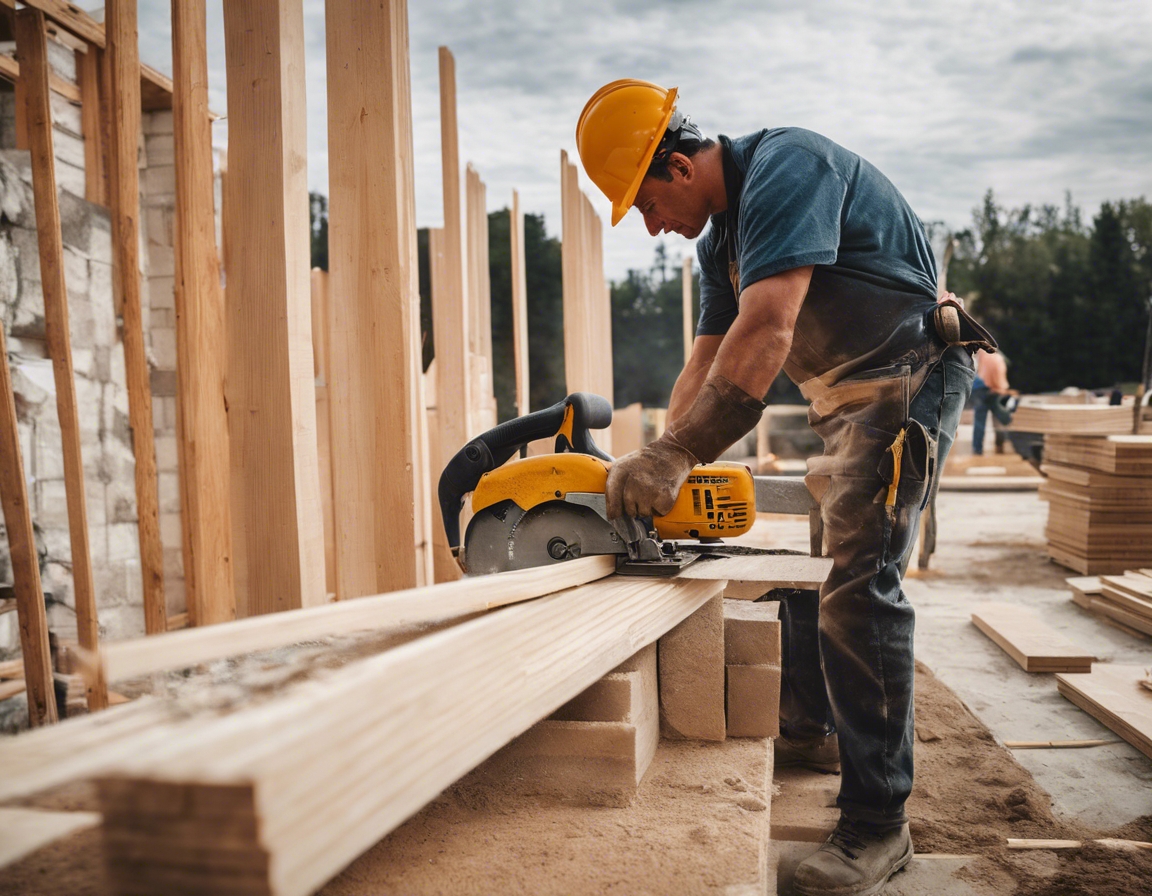Maximizing energy efficiency in new constructions
Energy efficiency in new constructions is not just a trend; it's a vital approach to reducing the environmental impact of buildings while also providing significant cost savings over time. As the world becomes more conscious of climate change and its effects, energy-efficient buildings are becoming a cornerstone in the fight for a sustainable future.
Energy-efficient constructions offer numerous benefits, including lower utility bills, increased comfort levels, enhanced indoor air quality, and a reduced carbon footprint. These advantages align perfectly with the values of our target audience, who prioritize sustainability and modern living standards.
Strategies for Energy-Efficient Design
Choosing the right site and strategically orienting a building can maximize natural light and heat, reducing the need for artificial lighting and heating. This is the first step in creating an energy-efficient design that harnesses the environment's natural offerings.
The building envelope plays a crucial role in maintaining indoor temperatures. Using advanced materials and construction methods can significantly reduce energy loss.
Investing in high-performance windows and doors with proper insulation and sealing can drastically cut energy consumption by minimizing heat transfer.
Innovative Materials and Construction Techniques
Modern insulation materials, such as spray foam, rigid foam boards, and eco-friendly options like cellulose, provide superior thermal resistance and are essential for an energy-efficient home.
Advanced framing techniques reduce lumber use and improve insulation, allowing for more energy savings and a sturdier construction.
Green roofs not only add aesthetic value but also contribute to insulation, reducing the need for heating and cooling.
Integrating Renewable Energy Sources
Incorporating solar panels or solar shingles can provide clean, renewable energy to a home, significantly reducing reliance on traditional power sources.
Geothermal heating and cooling systems leverage the stable temperatures underground to provide energy-efficient temperature control.
For suitable locations, small-scale wind turbines can supplement a home's energy needs, further reducing the carbon footprint.
Smart Home Technology for Energy Management
Energy monitoring systems provide real-time data on energy consumption, allowing homeowners to make informed decisions about their energy use.
Automated systems can adjust lighting and HVAC settings based on occupancy and time of day, optimizing energy use without sacrificing comfort.
Smart appliances and fixtures offer convenience and efficiency, often capable of being controlled remotely for peak energy management.
Water Conservation and Efficiency
Low-flow fixtures and water-efficient appliances can significantly reduce water usage, which is not only good for the environment but also for the utility bill.
Rainwater harvesting systems collect and store rainwater for non-potable uses, such as irrigation and toilet flushing, further promoting an eco-friendly lifestyle.
Choosing plants that require less water and implementing efficient irrigation systems can lead to substantial water savings in landscaping.
Regulatory Compliance and Certification
Adhering to local building codes and standards ensures that constructions meet the minimum requirements for energy efficiency.
Obtaining energy certifications, such as LEED or BREEAM, can validate a building's energy performance and may provide additional benefits like tax credits or incentives.






Comments (0)